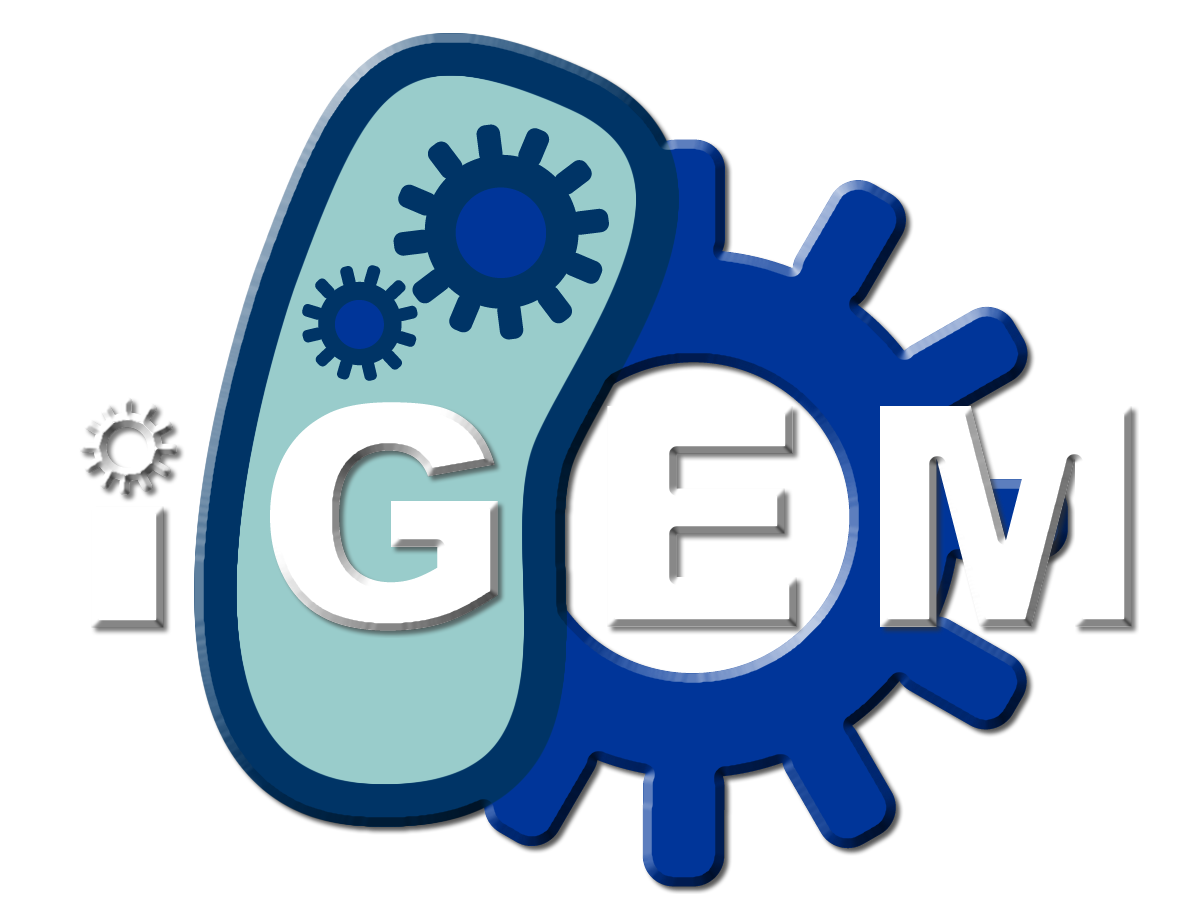Team:NC School of Sci Math
From 2013hs.igem.org
Home Team Project Details Lab Notebook Results Human Impact Biosafety Acknowledgments Official Team Profile
Executive Summary
Biosensors provide a wide variety of applications, particularly analyte detection in the environment. Positive results in biosensors lead to the output of a reporter, commonly in the form of fluorescent proteins. Here we construct a biosensor that is capable of indicating the presence of various pollutants in water through expression of several different fluorescent proteins. We selected lead, copper, phosphate, and nitrate/nitrite promoters and paired them with specific reporter coding sequences. Presence of these ions drives the transcription of specific fluorescent proteins. Detection of these proteins is enabled through a light detection apparatus and the information can be sent to mobile devices in a user-friendly interface via a modified Google ADK. This novel multibiosensor can be implemented to detect pollutants in sewer systems, septic tanks, and other sources of water, and provide and early-detection warning system, preventing the pollutants from causing serious harm to equipment, animals, or people.
The goal of this project, therefore, was to develop a multi-input logic gate in Escherichia Coli, which can detect the presence of a number of environmentally degrading compounds, and for each, produce a unique colorimetric output. We applied some principles of electrical engineering by using a Google ADK to sense this colorimetric output and send an alert. We envision that for an end-user, our elegant synthetic biology solution will allow a homeowner to easily and effectively be notified of the need for inspection of their septic system. The product has applications in water quality tests, sewage treatments plants, and in industry where the presence of pollutants could be harmful to equipment, workers, or consumers.
Attributions
Who worked on what?
Human Practices
What impact does/will your project have on the public?
Fun!
What was your favorite team snack?? Have a picture of your team mascot?
References
- Hooper LV, Midtvedt T, and Gordon JI. How host-microbial interactions shape the nutrient environment of the mammalian intestine. Annu Rev Nutr 2002; 22 283-307.
- Mazmanian SK, Liu CH, Tzianabos AO, and Kasper DL. An immunomodulatory molecule of symbiotic bacteria directs maturation of the host immune system. Cell 2005 Jul 15; 122(1) 107-18.
- Donskey CJ. The role of the intestinal tract as a reservoir and source for transmission of nosocomial pathogens. Clin Infect Dis 2004 Jul 15; 39(2) 219-26.
- Suttie JW. The importance of menaquinones in human nutrition. Annu Rev Nutr 1995; 15 399-417.
- Krammer HJ, Kamper H, von Bunau R, Zieseniss E, Stange C, Schlieger F, Clever I, and Schulze J. Probiotic drug therapy with E. coli strain Nissle 1917 (EcN): results of a prospective study of the records of 3,807 patients. Z Gastroenterol 2006 Aug; 44(8) 651-6.
- Westendorf AM, Gunzer F, Deppenmeier S, Tapadar D, Hunger JK, Schmidt MA, Buer J, and Bruder D. Intestinal immunity of Escherichia coli NISSLE 1917: a safe carrier for therapeutic molecules. FEMS Immunol Med Microbiol 2005 Mar 1; 43(3) 373-84.
- Rao S, Hu S, McHugh L, Lueders K, Henry K, Zhao Q, Fekete RA, Kar S, Adhya S, and Hamer DH. Toward a live microbial microbicide for HIV: commensal bacteria secreting an HIV fusion inhibitor peptide. Proc Natl Acad Sci U S A 2005 Aug 23; 102(34) 11993-8.
- Duan F and March JC. Interrupting Vibrio cholerae infection of human epithelial cells with engineered commensal bacterial signaling. Biotechnol Bioeng 2008 Sep 1; 101(1) 128-34.
<forum_subtle />
 "
"


